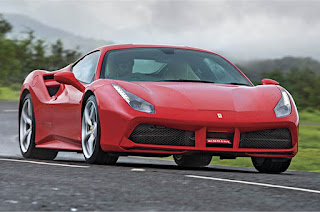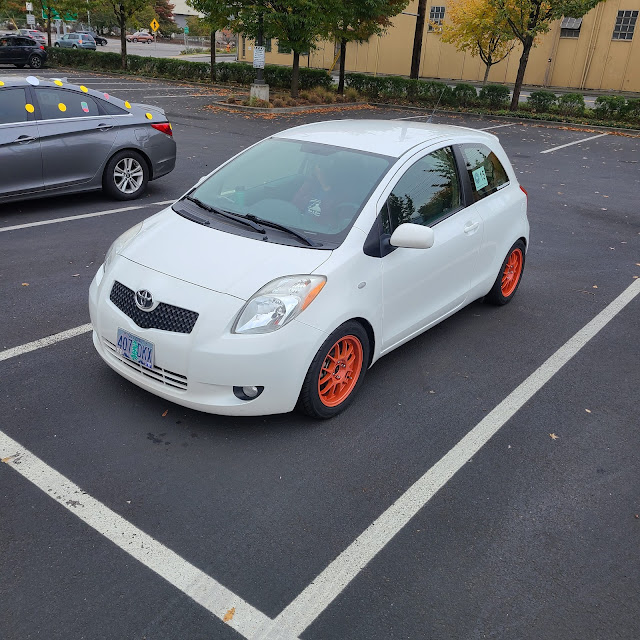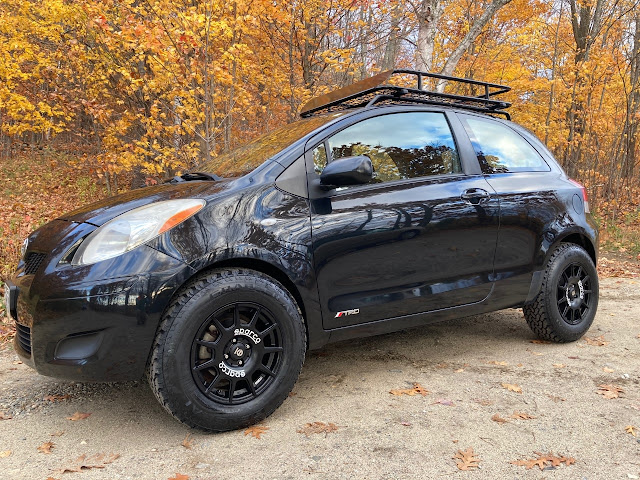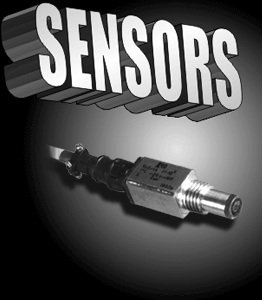Cars Reviews
2017 Ferrari 488 GTB review
Ferrari may not sell in massive numbers in India, but there’s no denying the appeal of a full-on road test of one of Maranello’s most successful new cars, with a full set of numbers and performance figures. How well does it cope with our driving conditions? Can you drive it anywhere and everywhere? And just how much can you push its limits? These and other unique India-related issues are answered, along with our regular set of numbers and measurements. This after all is our 18th anniversary issue, and what better way to celebrate than to lift the bar on performance.
Ferrari may rename its new cars and have a completely unique design for each. But the origins of the 488 go way back, all the way back to a V6-powered mid-engine car known as the Dino. The car that followed, the 308, got a larger V8 and that kicked off Maranello’s most successful car line. However,
it was the next car, the 348, that set the template. While the Dino and the 308 had transversely located engines, the 348 was the first one to get a longitudinally mounted engine.
it was the next car, the 348, that set the template. While the Dino and the 308 had transversely located engines, the 348 was the first one to get a longitudinally mounted engine.
The numeric names of the series have always indicated engine capacity. So, the 308 had a 3.0-litre V8, the 355 was a 3.5-litre engine (the last 5, though, stood for the number of valves per cylinder), and the 360 stood for the 3.6-litre engine.
Thus, the 488 should have been the 39 something, but for its new 3.9-litre (now turbocharged for the first time) car, Ferrari switched to a naming system once used on its older V12s, where the number indicates the volume of one cylinder.
Design
In an age of carbon-fibre, the 488’s use of aluminium could be considered surprising. But having invested in the aluminium monocoque construction since the 360 Modena, the 488 GTB continues to use an aluminium tub. And one look at the scales will show you this decision hasn’t heavily penalized the 488. With its weight-saving options, it tips the scales at 1,370kg; that’s lower than the Lamborghini Huracán with its carbon-aluminium composite structure which comes in at 1,422kg (dry weight).
The 488 inherits the suspension geometry from the 458 Italia and the Speciale using aluminium double wishbones at the front, and multiple transverse and longitudinal links at the rear.
Most Ferraris today are no longer penned by Pininfarina, and the 488 GTB too is designed by Ferrari’s own styling centre. It’s pretty evident the company let form follow function, with prominent side air intakes that are a bit ungainly, as are the aero bits on the doors. These little fins neatly trim the airflow into the intakes, and they also double as the handles; or is it the other way around? Not everybody was a fan of the fine, wind-tunnel-honed elements. To most, the 458 Italia and the 355 ranked as the prettiest of this series. But the rest of the car drew no complaints, and the wedge-like nose really does grow on you the more you look at it.
The front is dominated by an F1-inspired double spoiler. The top element works together with the duct to channel air into the radiator, while the lower section generates suction which pulls the air towards the lower part of the underbody, generating downforce. The underside is new, with vortex generators and a large rear diffuser featuring variable flap geometry controlled by a CPU. In corners, the flaps close to increase downforce, whereas on straights they stay open, reducing drag.
Maranello’s new principle is ‘aero by subtractions’ – removing things from the car to improve downforce or reduce drag, rather than adding bolted bits. The rear is a good example of this. It has a blown spoiler where air enters the base of the rear screen and exits via the bumper; this avoids having to extend the height of the rear spoiler, thus keeping drag low and the rear end neat. All the aero engineering has resulted in the 488 developing 325kg of downforce at 250kph – a massive 50 percent increase over the 458.
The 488 comes with magneto-rheological dampers that allow you to soften the ride considerably and are perfect for Indian conditions. And though it costs a crazy Rs 18 lakh, you must buy Ferrari’s superb nose lifter that raises the nose off the road in 4.5sec.
Interior
The 488 has a pretty sparse standard equipment list, with almost everything being an expensive option. The car we had was close to base spec, missing bits like the cool passenger side instrumentation and powered seats. In a Ferrari, this perhaps won’t be an issue for some, but it’s the eye-watering price that makes the missing kit hurt the most. Take for example the Scuderia Ferrari emblems on the fenders; depending on currency rates, they can set you back by Rs 5 lakh a pair!
As for the cockpit, not much has changed from the Italia. Both cars share the driver-centric focus, and the vents, controls and similarly styled instrumentation feel all too familiar. The steering wheel is similar to those in the other cars from Maranello, with controls for lights, indicators and wipers on the front of the wheel, while the back is reserved for less important bits like stereo controls. While it may not be a preferred layout to some, it has rid the car of steering-mounted stalks and created space for the column-mounted gear-selector paddles which are one of the easiest to reach and use. The central stack on the floor sees a small redesign with the reverse, auto and launch buttons, which are now stacked vertically as against the horizontal layout of the Italias.
A large tachometer sits at the centre of the instrument cluster flanked by two LCD screens. They display a plethora of info like speed, driving modes, navigation, entertainment, temperature, and even pressure dials, but it isn’t quite intuitive to use.
As mentioned earlier, our car came equipped with manual seats. These are designed for weight-saving and are pretty slim but they are form-hugging and comfortable. There is a little storage space behind the seats, along with a few cubbies and cupholders around the cabin. The boot is pretty generous too. While a set of gold clubs may not be possible, it will take in some weekend bags.
We found that the air conditioning works well even on a hot day which, let’s be honest, is more important than the 0-100 time for most owners.
Performance
The main event in any Ferrari is the engine and this one’s is 2017’s ‘International Engine of the Year’. The ‘F154 CB’ 3.9-litre V8 has a flat-plane crankshaft, a 90-degree bank angle and an oversquare cylinder design for strong responses and explosive torque delivery. Being a turbocharged unit, you would expect some amount of lag, but the pair of IHI twin-scroll units, with their low-density titanium-aluminium alloy, spools so quickly that lag is barely there.
Hit the throttle in any gear and the 488 explodes forward; the delay between command and execution is minimal. It really doesn’t matter what speed the engine is doing, all you need to do is flex your right foot and it feels like you are hit by a roadroller in the back. Keep your foot down and, because the torque management system keeps feeding more torque in an increasing manner, you run into the 8,000rpm limit before you know it. The engine also pulls harder and harder in every gear with no let-up.
Ferrari claims a flat 3sec 0-100kph time, but when we tested the car here on our fuel and on standard tyres, we managed a slightly slower 3.66sec. Still, launch control engaged, the Ferrari explodes out of the blocks like an artillery shell, and because the engine is being force-fed more air and fuel, this feeling of acceleration stays unabated even as you run all the way past 200kph that comes up in 10.53sec. What a rush!
It’s little wonder when you see the spec sheet. Max power stands at 670hp and max torque is a prodigious 760Nm at 3,000rpm; that amount of torque is not only more than what the 458 Speciale can muster but also more than what the 12-cylinder 812 puts out. So you can imagine the effect it has on a mere 1,500kg car. Hitting max revs in third on a road with an exciting set of corners is just so thrilling, with the 488 shooting through the last 2,000rpm in a flash, you’d want to do it again and again.
Then there’s the Getrag seven-speed dual-clutch automatic gearbox that delivers track-style shifts, taking just 6sec to wind all the way through to the first four gears. And all this is accompanied by a genuinely pleasing blare from the exhaust system. Sure, it’s not as spine-tingling as that of a naturally aspirated engine singing its heart out at 9,000rpm, but it has a wonderful snarl combined with a nice blare and that sounds great. And that’s saying a lot; this engine, after all, is muffled by turbos and other insulators that rob it of its natural sound.
Despite all this performance, the 488 also proved to be easy to drive in traffic at low speed, with the twin-clutch gearbox allowing for smooth progress and a steady build up of power. It’s no exaggeration to say it is both ferocious and docile at the same time, and that’s exactly what you want.
Ride and Handling
Because the 488 GTB shares its adaptive dampers and steering rack with the 458 Speciale, you could assume that the two would feel alike. But, in truth, the 488 is more rounded and less track- car-like than even a regular 458 Italia. It is a more rounded car, very easy to drive on the road and not at all intimidating.
Hit the bumpy ride button on the steering wheel and ride quality is deft and forgiving. You have to drive with great care to preserve those rubber band-like low-pro tyres, but the ride is just unbelievable for a supercar. It will ease through potholes, and sharp edges too are rounded in a way you cannot imagine.
Ferrari actively encourages all customers in India to opt for the nose lifter system that gives you the ability to raise the front ride height and tackle speed breakers with ease; it takes just about 5sec to raise the nose. No doubt, this is an essential piece of kit despite the eye-watering price of Rs 18 lakh.
On faster sections of the expressway, we found straight-line stability to be rock solid. The car can almost be driven in a ‘hands off’ manner, with a light hand on the wheel. The Ferrari also changes lanes beautifully, with a mere flick of the extremely quick wheel.
To really get to the good stuff you have to find a quiet road and switch the steering-mounted Manettino to ‘Race’. This balances the car beautifully and allows you to enter corners at speed that would otherwise seem silly. Understeer is dialled out by Ferrari’s Side Slip Control System (SSC2) in this mode for the most part; this setting even allows you to enjoy a bit of tail-out fun as you exit corners on the throttle. And the better you get to know the car and the road conditions, the more you can lean on the throttle and the rear axle.
The manner in which Ferrari blends technology and performance to dish out real honest-to-god driving pleasure is really something else.
Systems like F1-Trac (progressive traction control), an electronically controlled differential (E-Diff), and SSC2 keep working hard in the background, but you just can’t tell.
Braking is massively efficient, the 488 comes standard with a Brembo system derived from the LaFerrari. We managed to stop in a mere 2.13sec/23.41m .
Fuel Efficiency
This is a Ferrari and we shouldn’t really be bothered about things like fuel efficiency. But this is also an Autocar road test, so we put a car through a highway and city cycle where it returned an overall figure of 4.5kpl. Enough said.
Infotainment
Should you need to listen to things other the turbo-fed V8, there are stereo choices from a standard unit to one by JBL Professional. Our car had the standard system and sound quality was likeable. The system consists of a radio, Bluetooth, USB and in-built navigation. The dual screens (on either side of the tacho) can be quite confusing until you have worked out what resides where. The menu system isn’t the most intuitive either. Controls for the system are on the dash and the back of the steering. These are out of sight but are quite easy to locate and use. On the whole, the system is impressive but does not have the same techy feel as the VW-supplied unit of the Huracán.
Verdict
Ferraris are supposed to look gorgeous, sound great and go like hell. While the jury is still out on the 488’s aesthetics, there is no arguing about its latter two deliverables. Of course, you do have to pay a pretty penny to own one – Rs 3.88 crore (ex-showroom, Delhi), and that’s only for the base trim. Add on bits like special paint, fender emblems, powered seats and you would easily spend as much as another new sportscar. But money aside (this is a Ferrari!), the company has done an astounding job of making a turbocharged engine feel pretty close to a naturally aspirated unit.
The amount of speed and the way it builds up is simply mind-altering. Plus, it has all the handling finesse you’d want in your mid-engine supercar. One thing’s for sure, Ferrari has taken the engine, chassis, electronics and aero to the next level.
It is deeply emotional to drive, performance and handling are other worldly, and the best part is that, like your favourite video game, you can take the driving experience from one level to the next. And with its lift feature and good ride, it feels at home even in Indian driving conditions. Is this today’s greatest mid-engine supercar? The answer just has to be yes.







